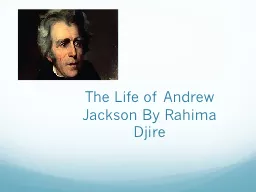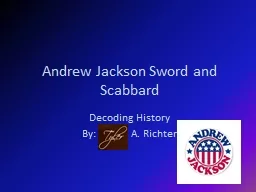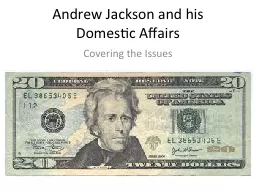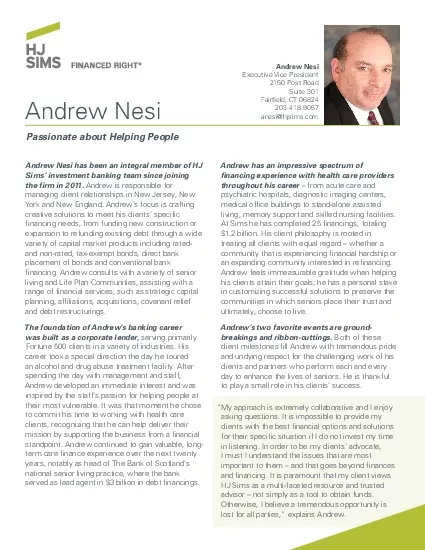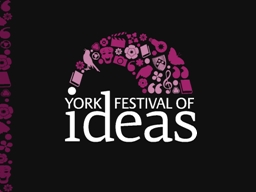PPT-Andrew Higson (University of York, UK)
Author : kittie-lecroy | Published Date : 2015-11-14
Key Issues in Contemporary Heritage Film Studies Comin Thro The Rye Hepworth GB 1923 Patrick Wright On Living in an Old Country London Verso 1985 Robert Hewison
Presentation Embed Code
Download Presentation
Download Presentation The PPT/PDF document "Andrew Higson (University of York, UK)" is the property of its rightful owner. Permission is granted to download and print the materials on this website for personal, non-commercial use only, and to display it on your personal computer provided you do not modify the materials and that you retain all copyright notices contained in the materials. By downloading content from our website, you accept the terms of this agreement.
Andrew Higson (University of York, UK): Transcript
Download Rules Of Document
"Andrew Higson (University of York, UK)"The content belongs to its owner. You may download and print it for personal use, without modification, and keep all copyright notices. By downloading, you agree to these terms.
Related Documents






